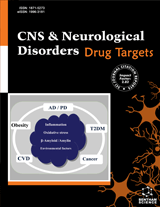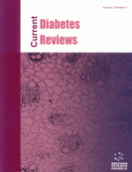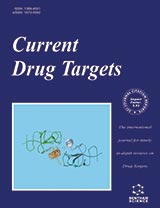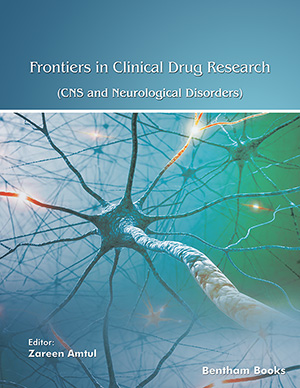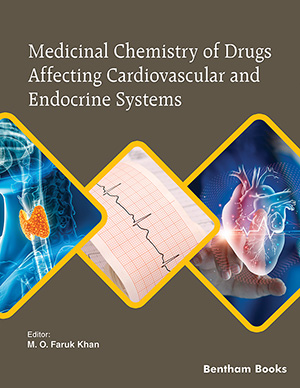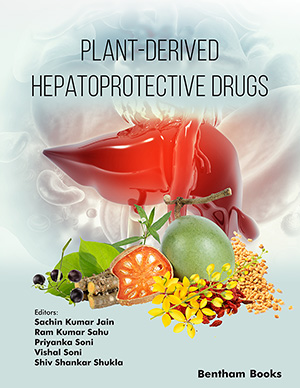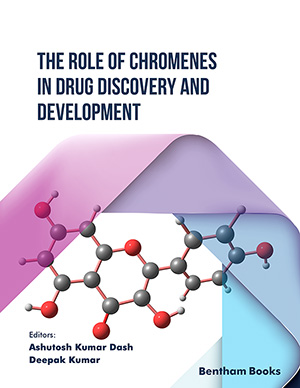Abstract
There is a growing interest in sleep disorders in multiple sclerosis (MS) due to their high frequency and possible relationship to fatigue, a hallmark symptom in MS. Among them, insomnia and restless legs syndrome (RLS) are the most common ones. RLS is a sleep-related motor disorder characterized by a strong urge to move associated with uncomfortable sensations in the limbs. It is frequently under diagnosed in patients with MS although its course is often particularly severe. Several arguments support a symptomatic origin of RLS in MS patients. Independently of any causal relationship, the high prevalence of RLS in MS patients has clinical implications.
The purpose of the present review is (i) to summarize the epidemiological data and clinical characteristics of RLS in MS patients in order to increase sensitivity to this disorder; (ii) to document the substantial body of evidence in support of a symptomatic origin of RLS in MS and from this (iii) to delineate the proposition that MS may represent a clinical model to study RLS-associated pathological changes.Keywords: MS, restless legs syndrome, sleep disorders, insomnia, epidemiological, secondary progressive form, pathological brain, autoimmune, hypersomnia, parasomnias.
CNS & Neurological Disorders - Drug Targets
Title:Restless Legs Syndrome in Multiple Sclerosis
Volume: 11 Issue: 8
Author(s): Chiara Zecca, Mauro Manconi, Stephany Fulda and Claudio Gobbi
Affiliation:
Keywords: MS, restless legs syndrome, sleep disorders, insomnia, epidemiological, secondary progressive form, pathological brain, autoimmune, hypersomnia, parasomnias.
Abstract: There is a growing interest in sleep disorders in multiple sclerosis (MS) due to their high frequency and possible relationship to fatigue, a hallmark symptom in MS. Among them, insomnia and restless legs syndrome (RLS) are the most common ones. RLS is a sleep-related motor disorder characterized by a strong urge to move associated with uncomfortable sensations in the limbs. It is frequently under diagnosed in patients with MS although its course is often particularly severe. Several arguments support a symptomatic origin of RLS in MS patients. Independently of any causal relationship, the high prevalence of RLS in MS patients has clinical implications.
The purpose of the present review is (i) to summarize the epidemiological data and clinical characteristics of RLS in MS patients in order to increase sensitivity to this disorder; (ii) to document the substantial body of evidence in support of a symptomatic origin of RLS in MS and from this (iii) to delineate the proposition that MS may represent a clinical model to study RLS-associated pathological changes.Export Options
About this article
Cite this article as:
Zecca Chiara, Manconi Mauro, Fulda Stephany and Gobbi Claudio, Restless Legs Syndrome in Multiple Sclerosis, CNS & Neurological Disorders - Drug Targets 2012; 11 (8) . https://dx.doi.org/10.2174/1871527311211080017
| DOI https://dx.doi.org/10.2174/1871527311211080017 |
Print ISSN 1871-5273 |
| Publisher Name Bentham Science Publisher |
Online ISSN 1996-3181 |
Call for Papers in Thematic Issues
Diagnosis and treatment of central nervous system infectious diseases
Infectious diseases of the central nervous system (CNS) can be divided into bacterial, tuberculous, viral, fungal, parasitic infections, etc. Early etiological treatment is often the most crucial means to reduce the mortality rate of patients with central nervous system infections, reduce complications and sequelae, and improve prognosis. The initial clinical ...read more
Techniques of Drug Repurposing: Delivering a new life to Herbs & Drugs
Of late, with the adaptation of innovative approaches and integration of advancements made towards medical sciences as well as the availability of a wide range of tools; several therapeutic challenges are being translated into viable clinical solutions, with a high degree of efficacy, safety, and selectivity. With a better understanding ...read more
Trends and perspectives in the rational management of CNS disorders
Central nervous system (CNS) diseases enforce a significant global health burden, driving ongoing efforts to improve our understanding and effectiveness of therapy. This issue investigates current advances in the discipline, focusing on the understanding as well as therapeutic handling of various CNS diseases. The issue covers a variety of diseases, ...read more
 26
26
- Author Guidelines
- Graphical Abstracts
- Fabricating and Stating False Information
- Research Misconduct
- Post Publication Discussions and Corrections
- Publishing Ethics and Rectitude
- Increase Visibility of Your Article
- Archiving Policies
- Peer Review Workflow
- Order Your Article Before Print
- Promote Your Article
- Manuscript Transfer Facility
- Editorial Policies
- Allegations from Whistleblowers
Related Articles
-
Diuretic-Associated Electrolyte Disorders in the Elderly: Risk Factors, Impact, Management and Prevention
Current Drug Safety Dietary Transition in the South Asian Diaspora: Implications for Diabetes Prevention Strategies
Current Diabetes Reviews Serotonin and Obesity
Current Medicinal Chemistry - Central Nervous System Agents Role of miRNAs in Coronary Artery Disease
Current Signal Transduction Therapy Oxidative Stress and Mitochondrial Impairment After Treatment with Anti-HIV Drugs: Clinical Implications
Current Pharmaceutical Design In Vitro and In Vivo Assessment of Matrix Type Transdermal Therapeutic System of Labetalol Hydrochloride
Current Drug Delivery Virus Vasculopathy and Stroke: An Under-Recognized Cause and Treatment Target
Infectious Disorders - Drug Targets Molecular Mechanisms of Inherited Arrhythmias
Current Genomics Impact of Ultrasound Contrast Agents in Echocardiographic Assessment of Ischemic Heart Disease
Recent Patents on Cardiovascular Drug Discovery Targeting CD4 to Disrupt Signaling Through Membrane Rafts: Towards a Raft-Based Therapeutics
Immunology, Endocrine & Metabolic Agents in Medicinal Chemistry (Discontinued) Cystatin C: An Emerging Biomarker in Cardiovascular Disease
Current Topics in Medicinal Chemistry LPS In Patients With Left Ventricular Dysfunction Of Ischemic And Non-Ischemic Origin
Cardiovascular & Hematological Disorders-Drug Targets Pharmacological Therapies for Pediatric and Neonatal ALI/ARDS: An Evidence-Based Review
Current Drug Targets The Pentacyclic Triterpenoids in Herbal Medicines and Their Pharmacological Activities in Diabetes and Diabetic Complications
Current Medicinal Chemistry Atrial Macroreentry in Congenital Heart Disease
Current Cardiology Reviews Combination Therapy of Statins with Ezetimibe
Immunology, Endocrine & Metabolic Agents in Medicinal Chemistry (Discontinued) Saving the Ischemic Penumbra: Potential Role for Statins and Phosphodiesterase Inhibitors
Current Vascular Pharmacology Imaging Patterns of Cardiovascular Involvement in Mixed Connective Tissue Disease Evaluated by Cardiovascular Magnetic Resonance
Inflammation & Allergy - Drug Targets (Discontinued) Clinical Evidence of Herb-Drug Interactions: A Systematic Review by the Natural Standard Research Collaboration
Current Drug Metabolism Transcriptional and Non-transcriptional Regulation of Glucose Metabolism and Insulin Sensitivity through Vitamin D
Current Nutrition & Food Science


